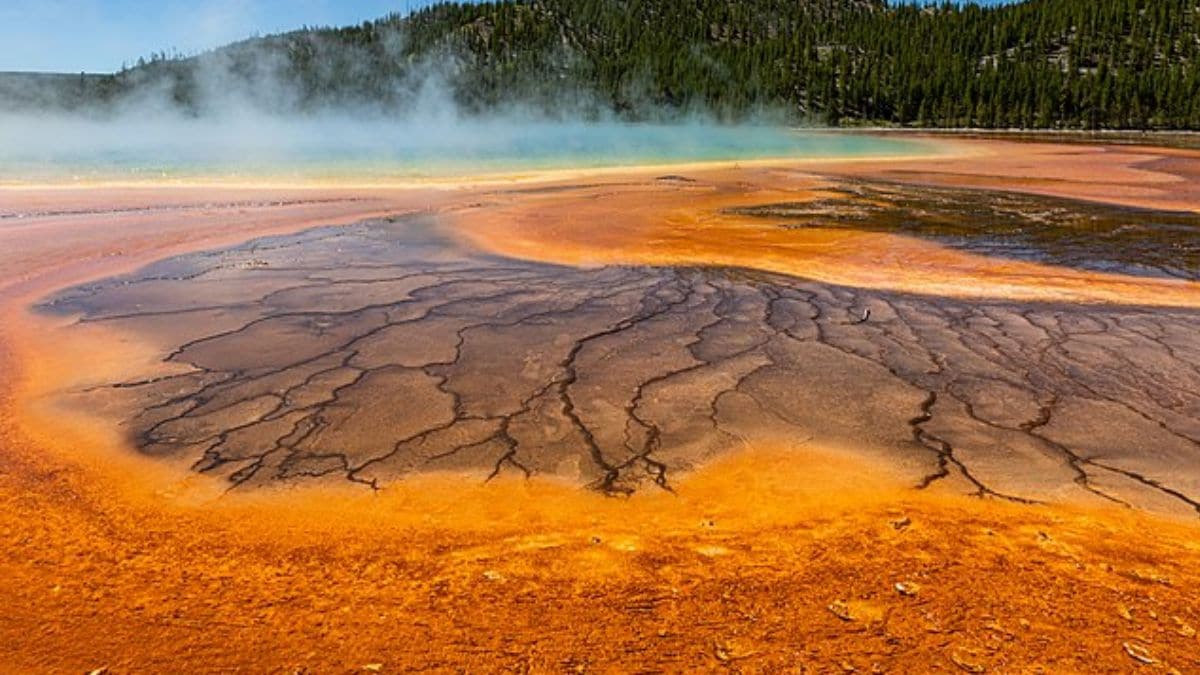New Study Suggests Yellowstone May Help Solve the World’s Helium Crisis
Helium, a non-renewable gas vital to technologies like superconductors, medical imaging devices, and space exploration, is in critically short supply. Traditionally sourced as a byproduct of methane extraction, helium production is closely tied to fossil fuels, prompting scientists to search for cleaner alternatives. A new study sheds light on the potential of carbon-free helium buried beneath ancient rocks in geothermally active regions, including Yellowstone National Park. If proven viable, these natural reserves could provide a sustainable source of helium without contributing to greenhouse gas emissions.
Helium Without Fossil Fuels
According to the study published on April 5 in the International Geology Review, geothermal energy is crucial in releasing helium from uranium and thorium-rich rocks. As per a report by LiveScience, these radioactive elements slowly decay over billions of years, producing helium atoms that remain locked inside mineral structures unless exposed to high temperatures.
“If the temperature is raised above what is called the closure temperature of the particular mineral, then the helium will be released,” co-author Jon Gluyas, a professor of geo-energy at Durham University in the U.K., told Live Science via email. Once released, helium seeps into fluids like water or brine that circulate between rocks, eventually escaping as gas.
Lead author Ernest Mulaya, a structural geologist at the University of Dar es Salaam in Tanzania, noted the urgency of finding greener helium sources. “We have been scratching our heads to find helium that is free from fossil fuels,” Mulaya told Live Science. The breakthrough came in 2016 when large carbon-free helium reserves were discovered in Tanzania’s Rukwa Rift Valley.
Ancient Rocks and Modern Promise
Researchers examined three locations, Yellowstone in the U.S., Bakreswar-Tantloi in India, and the Rukwa Rift in Tanzania, that share the essential geologic conditions for carbon-free helium production: geothermal activity, ancient rock formations, and high uranium-thorium content.
Yellowstone sits atop the 3.5-billion-year-old Wyoming Craton, and although helium is not trapped in sealed underground reservoirs there, an estimated 66 tons of it escapes annually through hot springs and steam vents. “It is not as if you could put an enormous bag over the whole area and catch it,” Gluyas said. However, he noted that areas around Yellowstone might act as traps where helium accumulates.
Encouraging results from a helium drill site near Babbitt, Minnesota, which shares similar geological traits, suggest that these regions could eventually help meet the growing demand for clean helium. “There’s a promising future for helium to cover the shortage we are currently facing,” Mulaya said.



